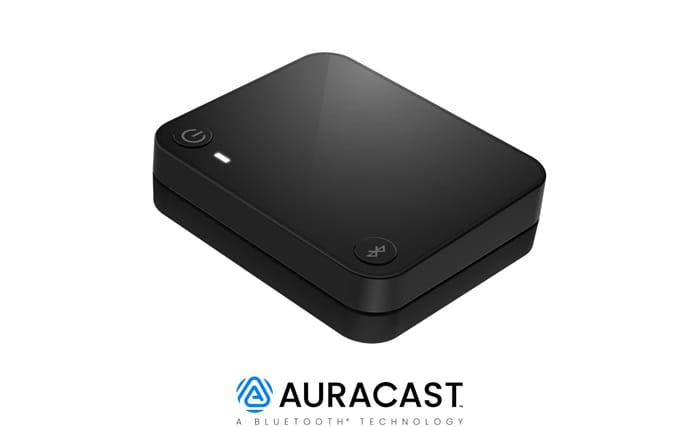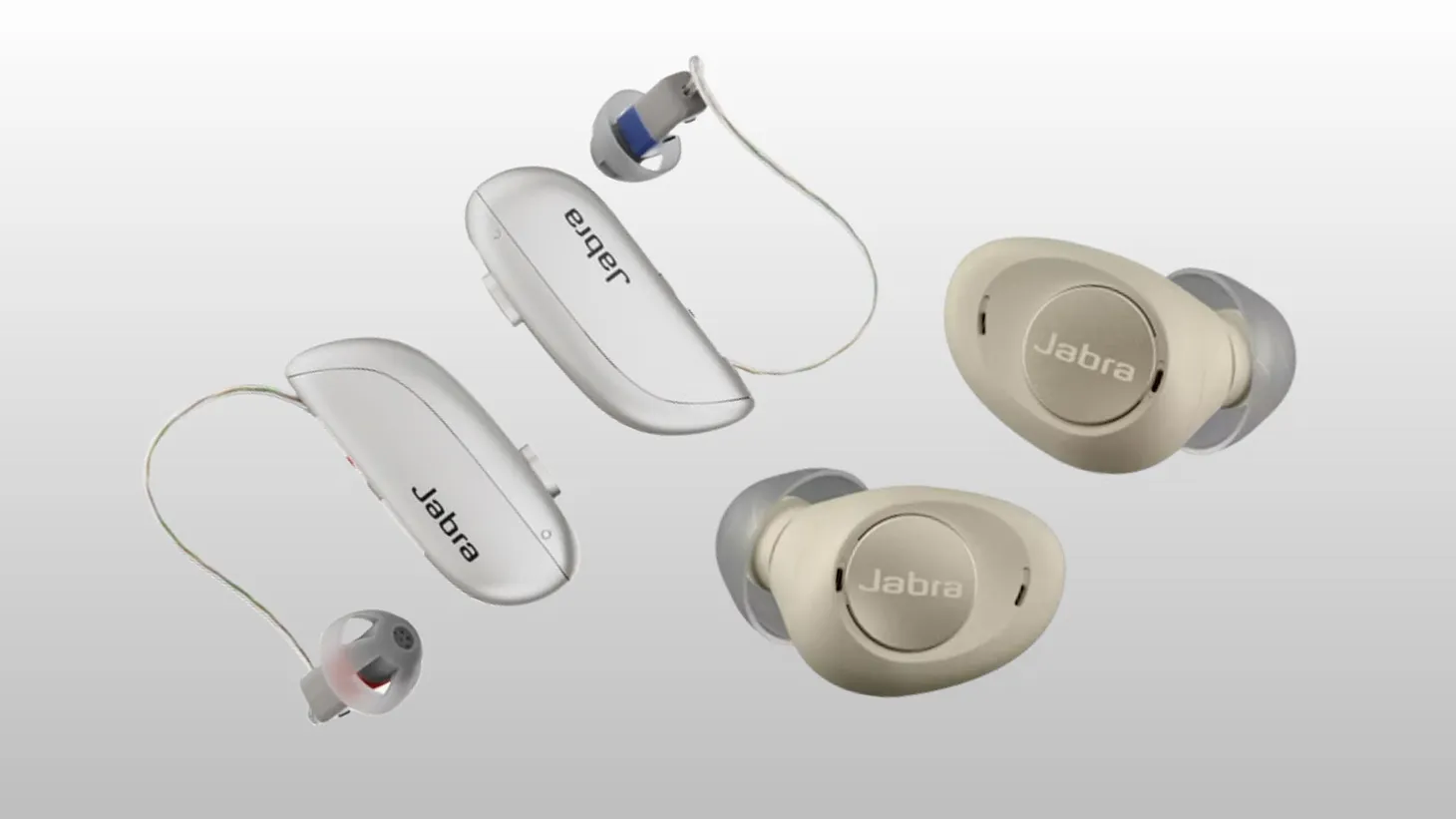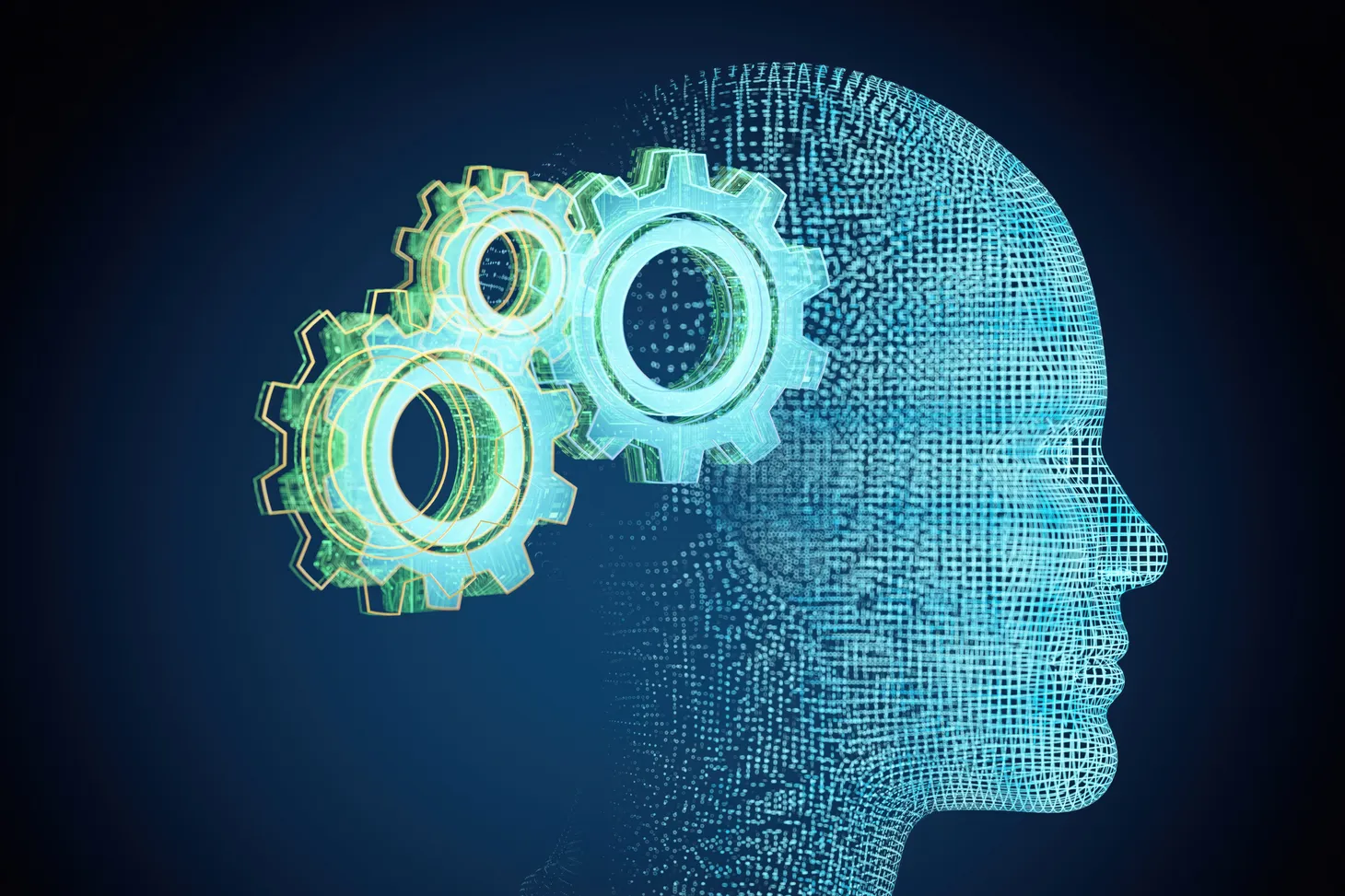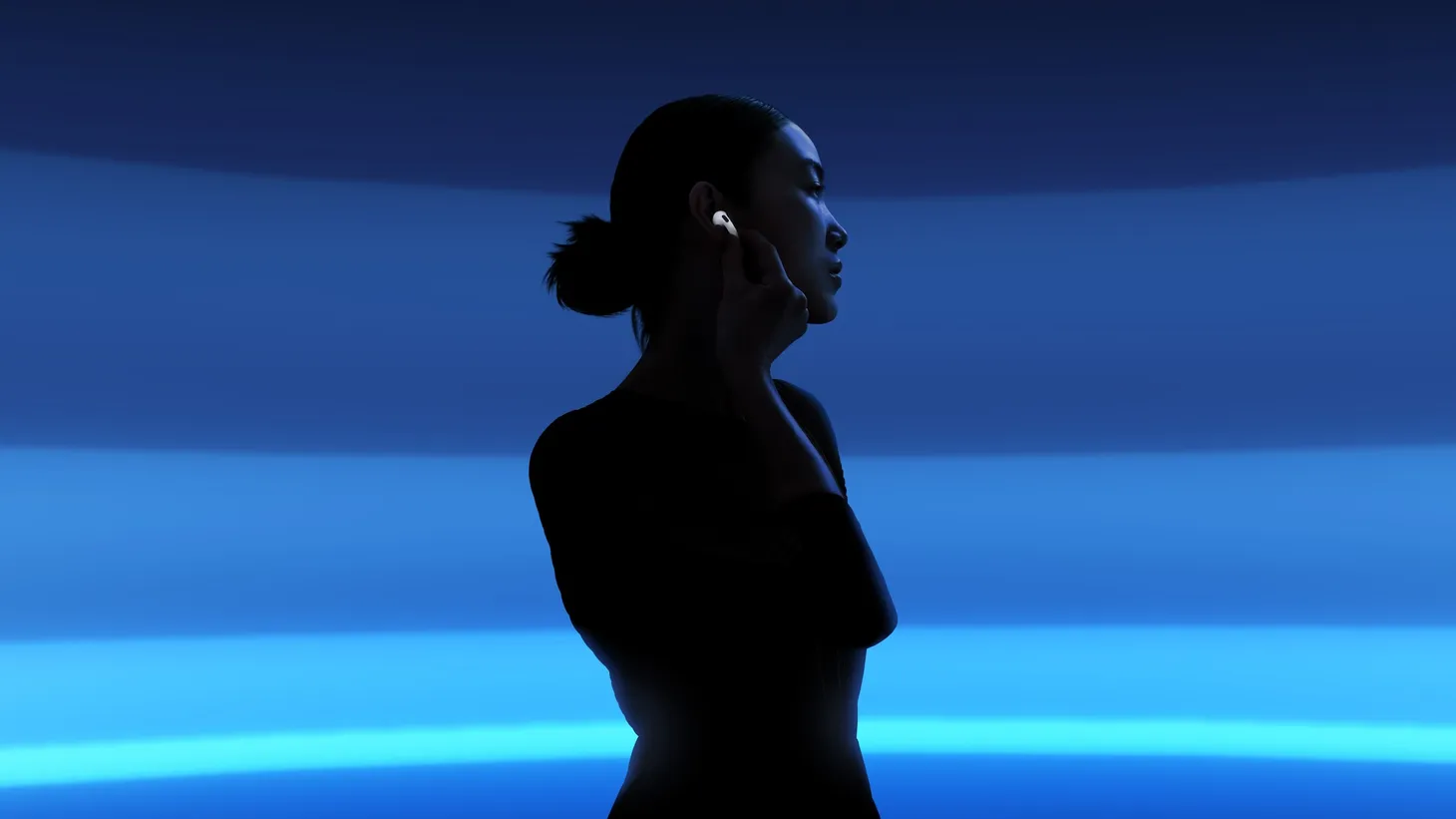Neural processing chip powers Starkey’s Edge AI hearing aids
A new chipset delivers next-generation sound processing with Bluetooth Auracast connectivity.

U.S. hearing aid manufacturer Starkey has enhanced its artificial intelligence-based hearing aids with embedded neural processing chips designed to dramatically improve clarity and comprehension of speech in noise.
The company's new Edge AI hearing aids are the successor to its successful first-generation Genesis AI hearing aids. They integrate a new neural processing unit (NPU) that Starkey says is the first AI engine to be embedded on a sound-processing chip. The new hearing aids also feature upgraded connectivity including Bluetooth Auracast compatibility.
Artificial intelligence processing power
Edge AI introduces Starkey’s G2 Neuro Processor, an NPU developed with deep neural network (DNN) processing technology, Starkey says the G2 Neuro Processor features the industry's only NPU fully integrated into the chip.
Among other things, the more efficient processor enables the Edge AI receiver-in-the canal (RIC) model to deliver up to 51 hours of battery life. And by classifying the most challenging listening situations such as multi-talker babble, the AI-based sound processor delivers a 30% improvement in identifying speech compared to previous sound-processor platforms.
"With the industry's only neural processing unit fully integrated into the chip, Edge AI is our most powerful noise management system," said Achin Bhowmik, Ph.D., Chief Technology Officer and Executive Vice President of Engineering.
Next-level connectivity with Bluetooth LE Audio
The Edge AI hearing aids also introduces the next generation of Bluetooth connectivity through Low Energy (LE) audio, supporting a broader range of devices with fewer dropouts and enhanced performance. LE Audio also features Auracast™ broadcast streaming, enabling users to connect to an expanded variety of audio sources seamlessly.

Starkey is also launching the new StarLink Edge TV Streamer, which is 60% smaller than previous versions. It uses LE Audio for high-fidelity streaming from televisions to the new hearing aids.
Health and wellness features
Starkey was an early leader in incorporating overall health and wellness features into hearing aids. It was the first to integrate 3D sensors, the first to enable counting steps, the first to track and encourage social engagement, and the first and only with a fall detection and alert system in hearing aids. Edge AI adds to these features with onboard sensors that perform a self-guided balance assessment exercise.
Enhanced mobile phone app
The My Starkey Mobile Application features enhancements that support new streaming capabilities and make control of the hearing aids easier—including Apple Watch support for the Edge AI hearing aids. Patients can adjust volume, programs, and other settings from their wrist.
Hearing Industry Report Newsletter
Join the newsletter to receive the latest updates in your inbox.


